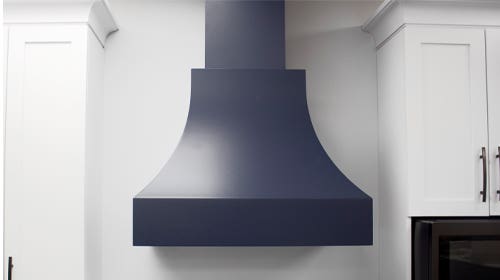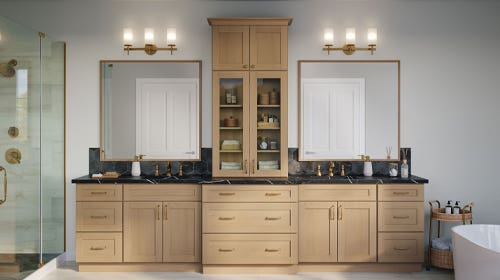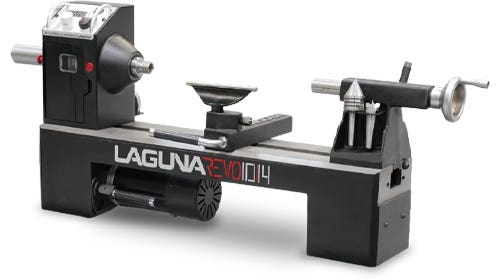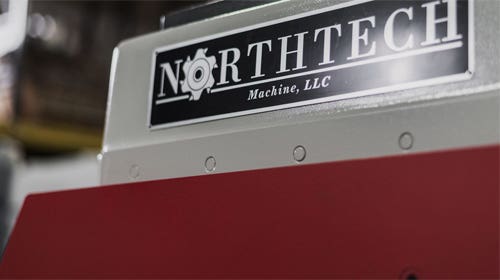Civil War-era cabinetmaker has his Day
The North Carolina Museum of History in Raleigh has the nation’s largest collection of furniture made by Thomas Day, a free man of color who owned and operated one of…
The North Carolina Museum of History in Raleigh has the nation's largest collection of furniture made by Thomas Day, a free man of color who owned and operated one of North Carolina's largest cabinet shops prior to the Civil War.
{loadposition position10}
The major exhibit "Behind the Veneer: Thomas Day, Master Cabinetmaker" showcases approximately 70 pieces of furniture crafted by this accomplished artisan and entrepreneur from Milton, N.C. This 6,000-sq.-ft. exhibit also explores the extraordinary story of a man who succeeded and flourished despite shrinking freedoms for free people of color in pre-Civil War North Carolina.
The exhibition, which runs through May 2011, presents a remarkable range of items produced in Day's shop from 1835-1860. He created furniture in popular 19th century styles - from the very "neat" and "plain" to the ornate Rococo Revival - and infused many of the styles with his exuberant motifs, according to the museum.
"Thomas Day can rightfully be called one of the fathers of the North Carolina furniture industry," said Patricia Phillips Marshall, the museum's curator of decorative arts and co-author of the book "Thomas Day: Master Craftsman and Free Man of Color" (UNC Press), in a press release before her recent death. "His surviving furniture and architectural woodwork still represent the finest of 19th century craftsmanship and aesthetics."
Day's pieces are highly sought after by collectors of antebellum furniture and African-American material culture.
Exhibit pieces include a rosewood center table, mahogany veneer sideboard, mahogany side chairs and a faux-painted wardrobe. "Behind the Veneer" features furniture from the collections of the Museum of History, private lenders, and Thomas Day House/Union Tavern Restoration Inc. in Milton, N.C.
Many restrictive laws applied to free people of color, except the right to own property. By capitalizing on this freedom, Day built a life for himself and his family and ran a thriving business. The master craftsman gained the respect of white clients, as well as the movers and shakers of the Dan River region in North Carolina and Virginia, according to the museum.
"Day was unique because he was one of a few cabinetmakers who could design the architectural elements for a room and then create the furniture to complement it," Marshall notes. "Because of his extraordinary skill, people of the Dan River area came to him rather than going to one of more than 80 cabinetmakers in the region. They counted him as a crucial member of their economic community."
The exhibit also includes a reproduced workshop filled with hand tools from an early 19th century cabinet shop.
Deadline extended
The Wood Turning Center has extended the deadline for its 2011-2013 residency program until Dec. 15. The International Turning Exchange program awards seven fellowships annually to four woodturners and/or wood artists, a sculptor or furniture maker, a photojournalist and a scholar/educator selected from an international pool of applicants.
Contacts
North Carolina Museum of History, 5 East Edenton St., Raleigh, NC 27601-1011. Tel: 919-807-7900. www.ncmuseumofhistory.org
Wood Turning Center, 501 Vine St., Philadelphia, PA 19106. Tel: 215-923-8000. www.woodturningcenter.org
This article originally appeared in the December 2010 issue.







